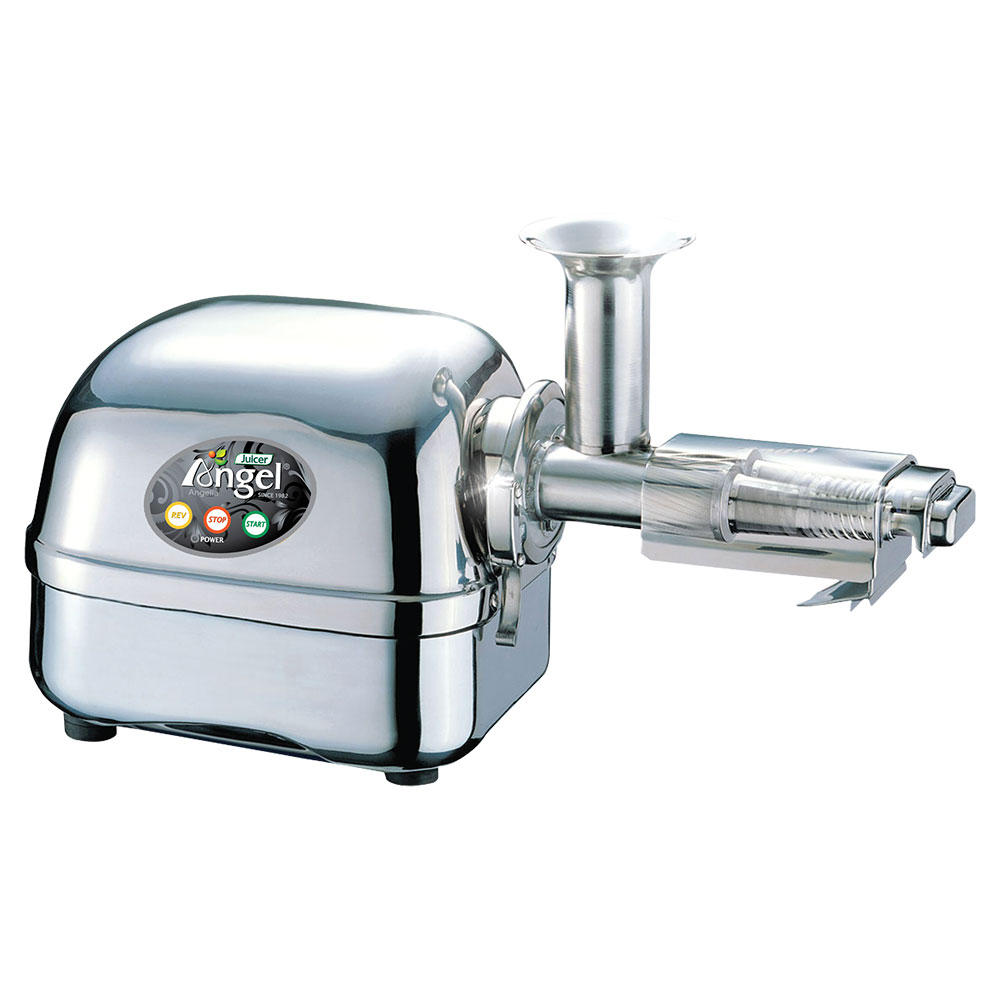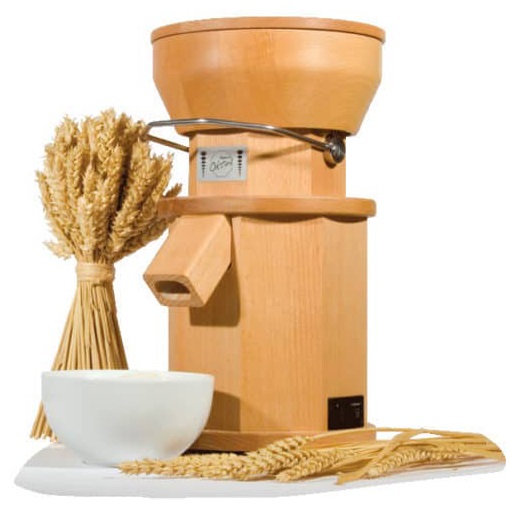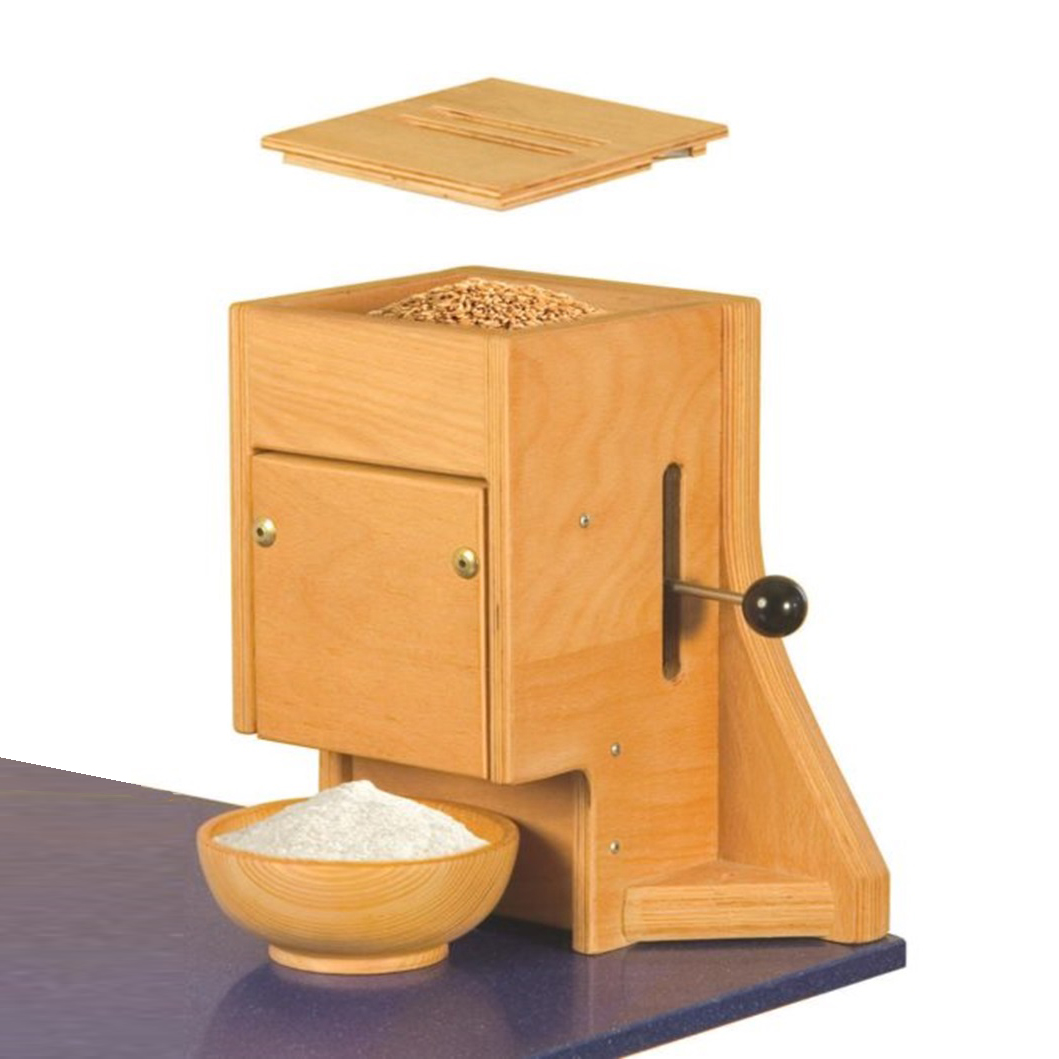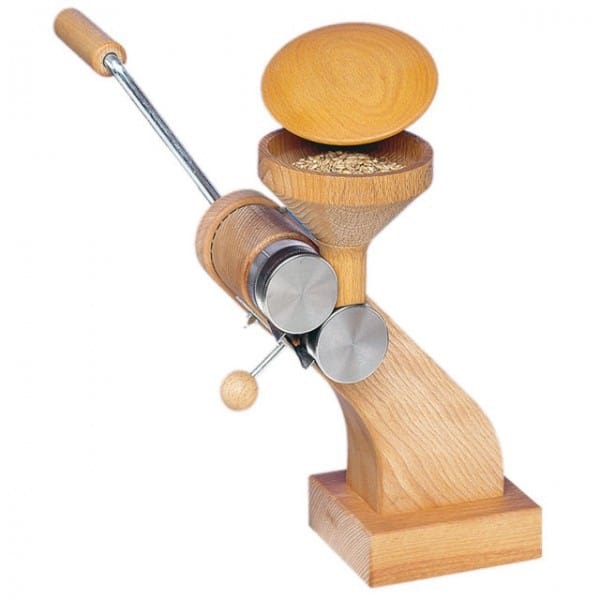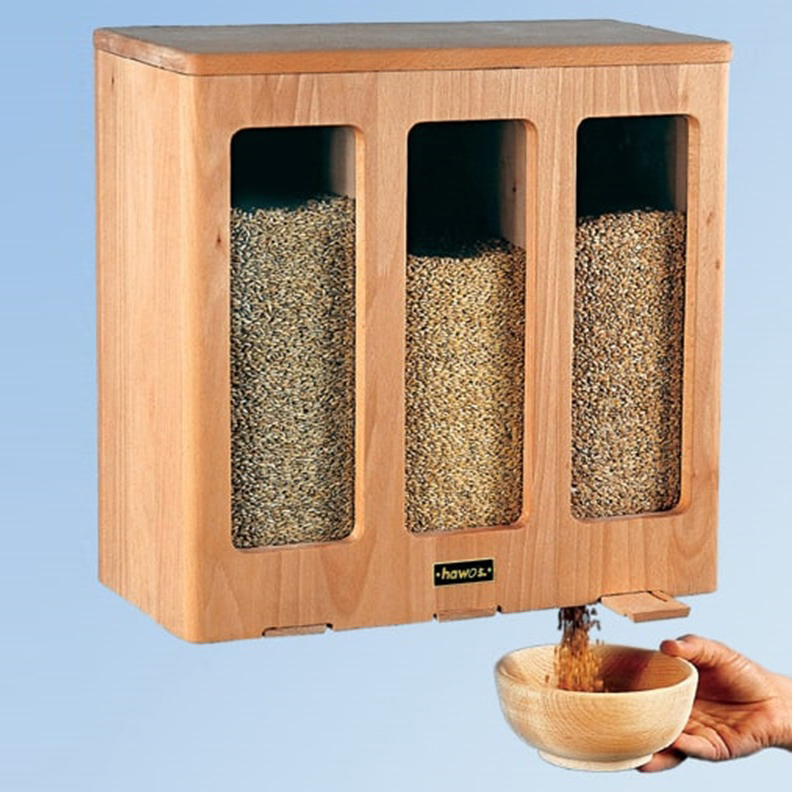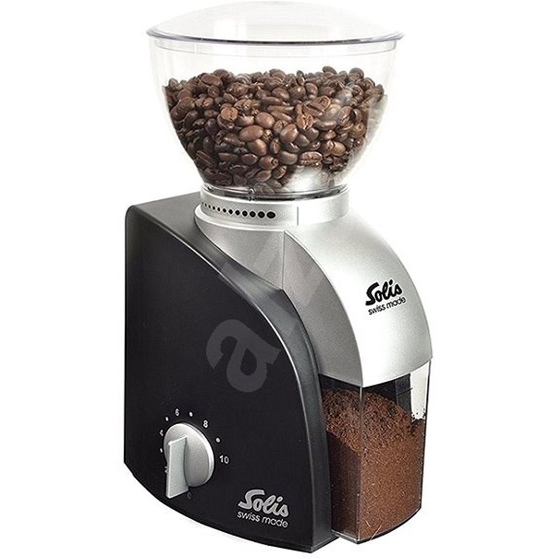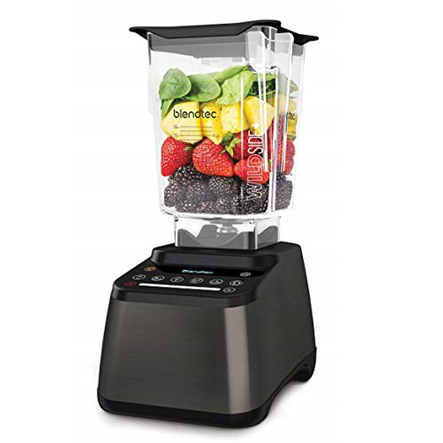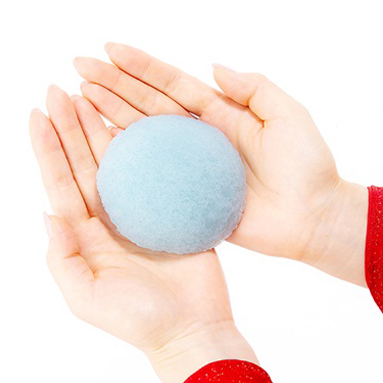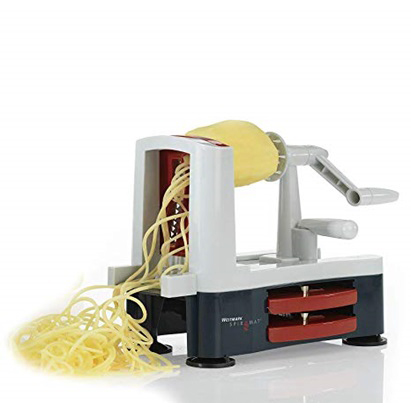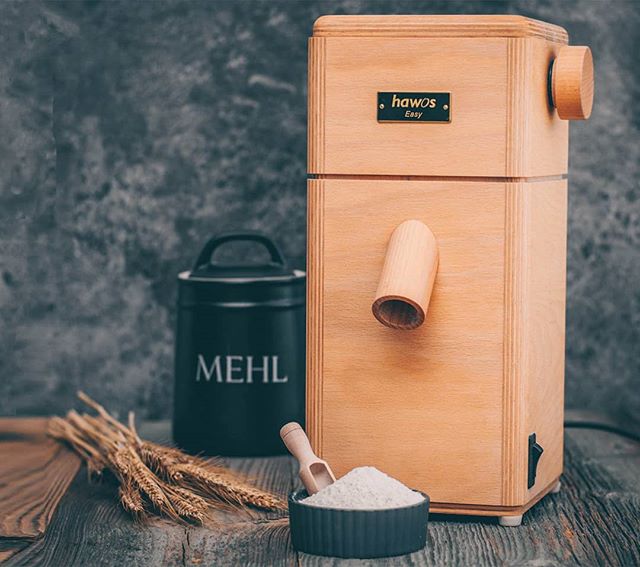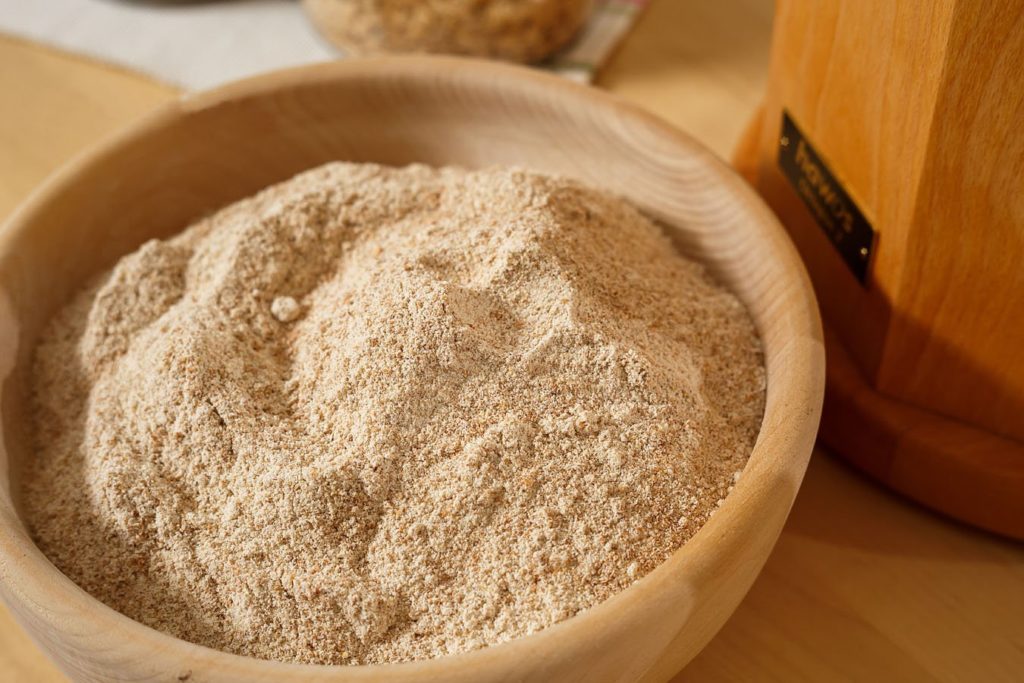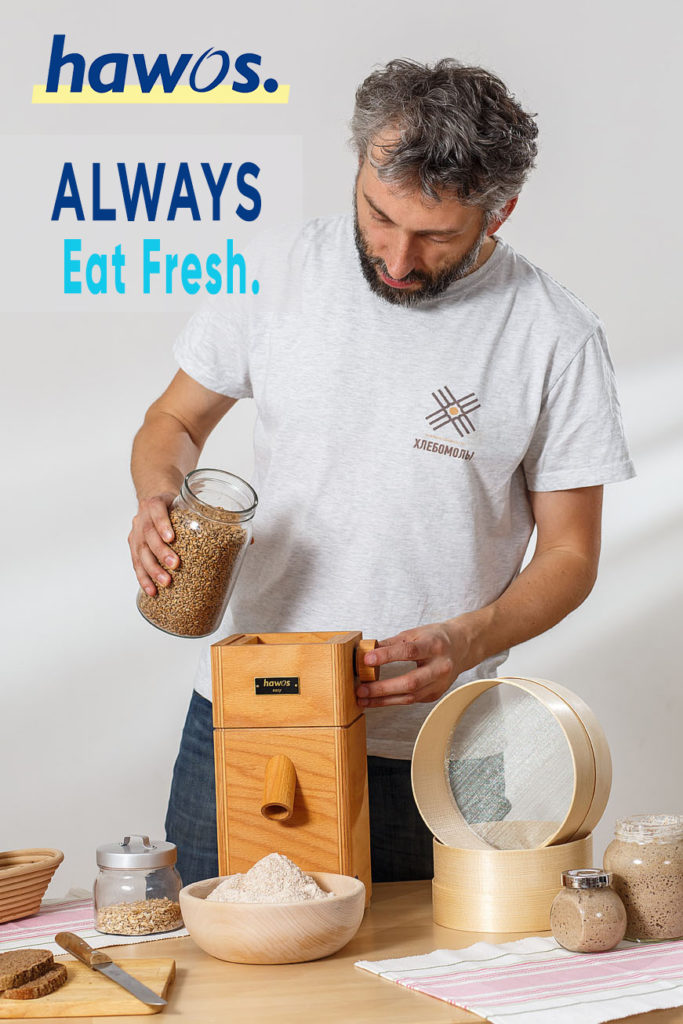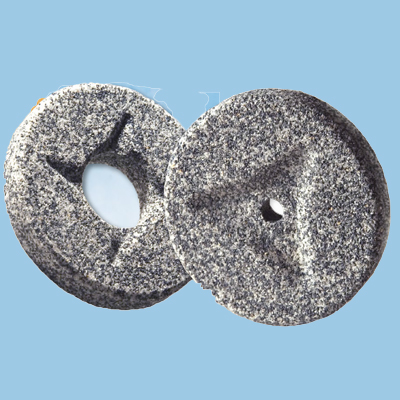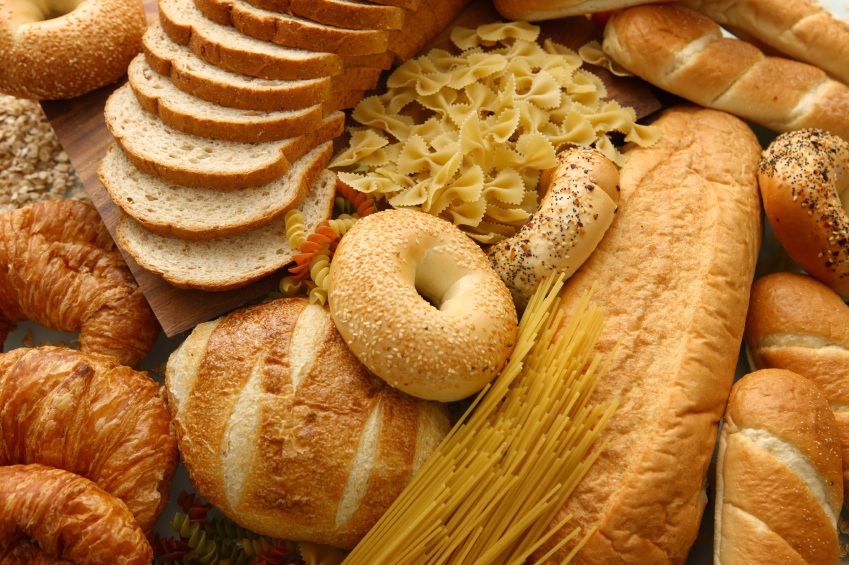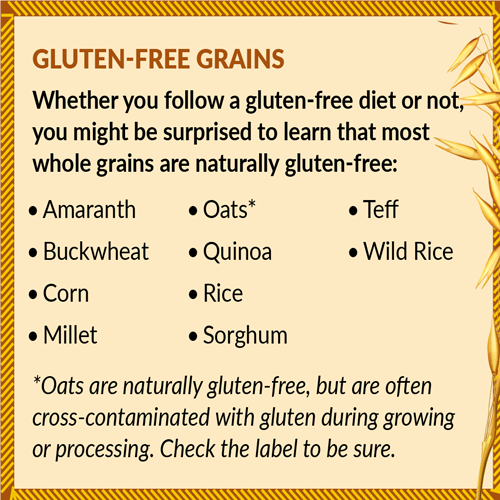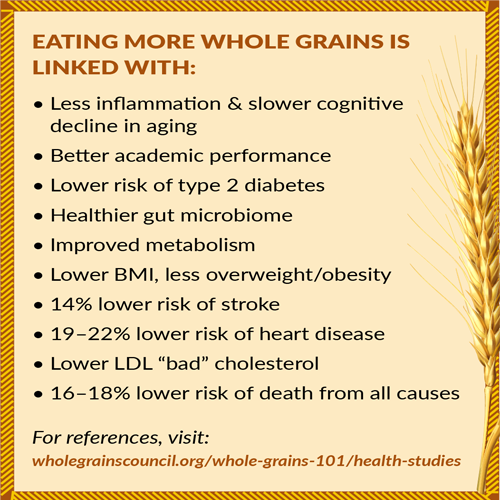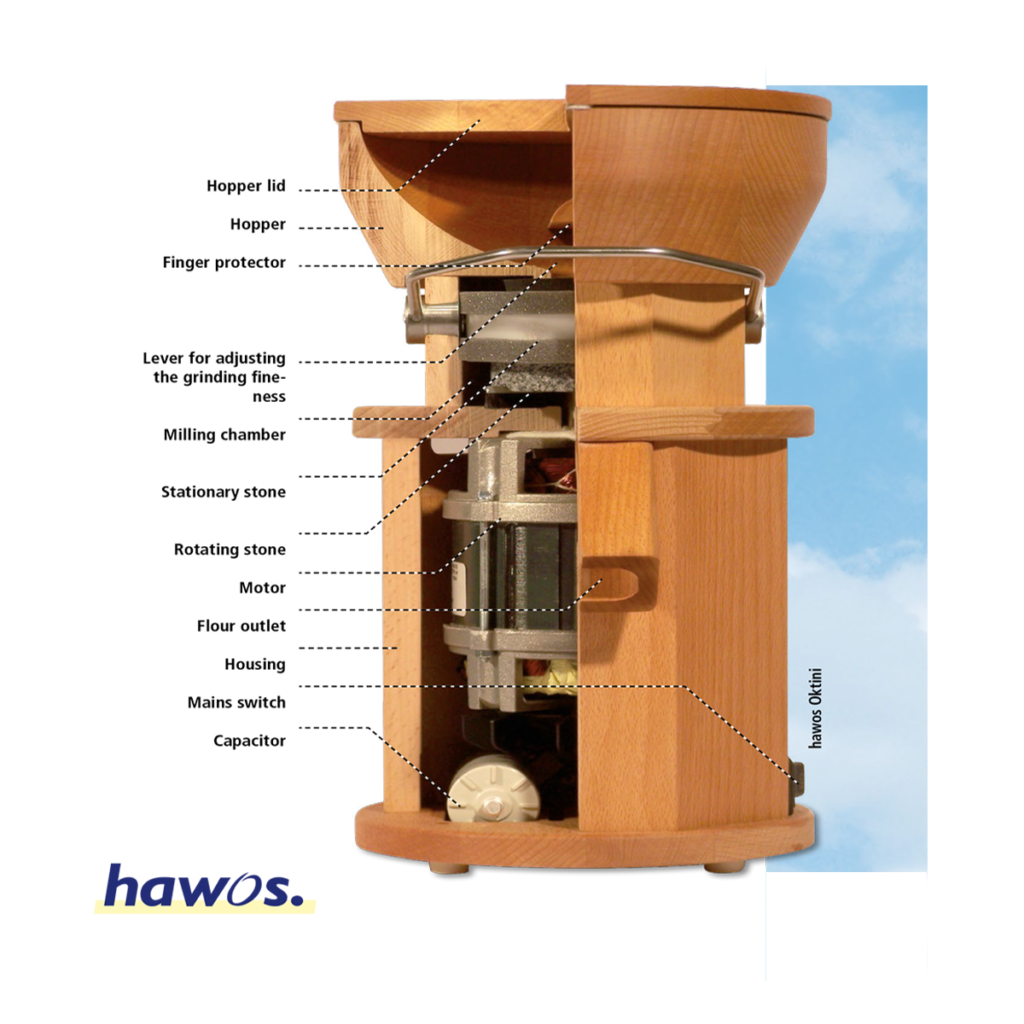Gluten and its relationship with domestic attachakki
What is Gluten?

Glu-ten is derived from “Glue” like property of wet dough. Frequently found in wheat and other grains like Rye and Barley, gluten has two proteins called gluten-in and gliadin, which are exceedingly harmful to an Individual prone to Celiac disease. When wheat flour is mixed with water, the gluten proteins form a sticky network that is glue-like and makes the dough elastic and gives rise to bread.
In short, gluten is a family of proteins found in products like Wheat, Rye, and Barley.
Facts about Gluten-free food:
Individuals prone to Celiac disease (Common symptoms are digestive discomfort, constipation, tiredness, headache, depression, and weight loss) should avoid Gluten-free food as protein content in Wheat/Rye/Barley causes intestinal problems. In research conducted by NCBI, it was found that 1% of people of the northern part and 0.1% of people of the southern part of India had Celiac disease and were recommended a gluten-free diet.
To the ones who didn’t qualify the Celiac disease test, but had symptoms of celiac disease, were put on a gluten-free diet to be monitored regularly for their health condition and were termed as “Non-celiac” or with “gluten sensitivity.”
Importance of domestic attachakki:
Domestic attachakki is a flour machine used to cereals for all flour purposes. The whole grain flour made domestic atta chakki is packed with proteins, fiber, antioxidants, minerals, and vitamins, which can help control cholesterol, lower blood pressure, and increase energy levels.
For an extensive population, the presence or absence of gluten in your diet is not directly related to your health benefits. What’s important is to have a balanced diet – full of fruits, vegetables, and whole grains regularly. A change in lifestyle is paramount than making a shift to gluten-free food without consultation. One such lifestyle change can also be to consider a domestic attachakki to grind fresh flour for all purposes. Choosing products, which are free of circumvent and are conservative and bidding farewell to an enormous amount of bread, pasta, desserts, and cookies can help you get-in-shape in minimal time with long-term benefits.
The minerals, fiber, and nutritional components in whole grains with gluten proteins help maintain an excellent dietary life along with fruits and vegetables on a day-to-day basis. Wheat flour contains the maximum amount of gluten and wheat being a staple grain in India, the wheat flour should be made fresh with domestic atta chakki at home and be used at its peak.
Reduce fat and sugar content from your everyday life and snap to a healthier dietary lifestyle with the inclusion of whole grain flour recipes made with domestic attachakki to get rid of unwanted fat, which will help you get in shape and shed extra kilos expeditiously. Avoiding whole grains without being diagnosed for “celiac disease” or “gluten sensitivity” can lead to heart diseases in the long run as you are dodging a bunch of minerals, fiber, and nutrients required for the body.
The fresh flour made out of domestic atta chakki for home helps improve the lives of senior people at home and delicious dishes made out of fresh flour can get one inclined towards wheat and whole-grain products.
A life-changing Idea for a Whole-grain enthusiast:
Amidst growing popularity and cooking delicacies, choosing the flour for your roti’s, pizza bread, cakes, and desserts are getting tricky with multiple options of refined flour made readily available. Hence having a domestic attachakki to grind your flour for all purposes will keep your “flour” free of any preservatives because the refined flour goes through a refining process, and essential nutrients are shredded during the process. Hence investing in domestic attachakki that is trendy with tremendous benefits to suit your busy lifestyle and modern kitchen is a life-changing idea to stay healthier for a family put-together.

